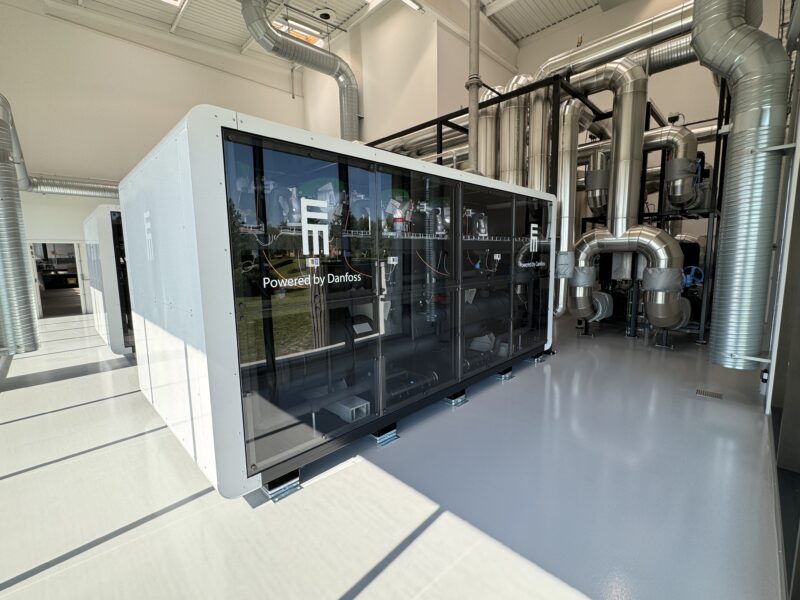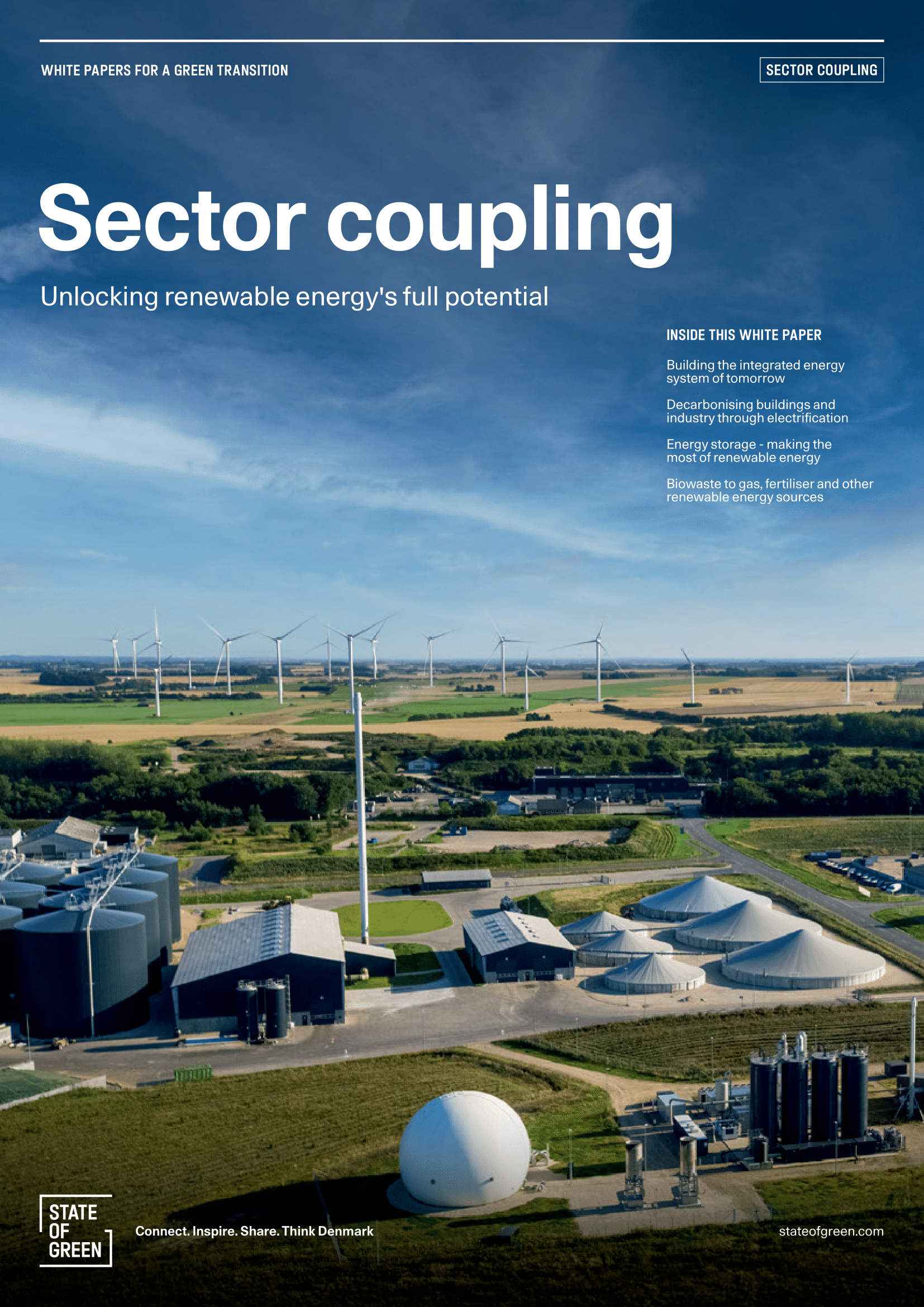Solution provider

The global climate crisis caused by carbon emissions is a key threat to society and our planet. Danfoss’ energy-efficient and climate-friendly solutions enable a cost-effective green transition.
Case
Sector coupling
District heating
Heat pumps
+1


The global climate crisis caused by carbon emissions is a key threat to society and our planet. Danfoss’ energy-efficient and climate-friendly solutions enable a cost-effective green transition.
Add the case to your visit request and let us know that you are interested in visiting Denmark
The Region of Southern Denmark has an ambitious goal to reduce its energy consumption by 20 percent, greenhouse gas emissions from electricity and heat by 40 percent by 2030 and ultimately to achieve climate neutrality. The region’s hospital, Sygehus Sønderborg, is both part of the critical infrastructure and a major energy consumer, so they teamed up with Danfoss and the district heating utility company, Sønderborg Varme, to find a reliant and effective way to decarbonise and improve energy efficiency in their buildings.
A central part of that mission was to transition from a fossil fuel-fired heating system to an integrated energy system based on electric heat pumps that could utilise the potential of heat recovery in combination with district heating. The hospital installed two new energy efficient large-scale heat pumps and an updated hydronic heating and cooling system to replace its gas and oil-based heating system and accompanying boilers.
The heat pumps, powered by the turnkey provider Energy Machines™, provide the hospital with cooling through an integrated critical equipment and comfort cooling system. Each pump is equipped with four Danfoss oil-free Turbocor compressors that help provide the optimal efficiency needed for cooling and heating applications, specifically in cases with high demand, such as hospitals.
The hospital uses the heat recovered from its process cooling system to meet its comfort heat loads. This is done in one cycle by the heat pump. When the system generates more heat than the hospital needs, the heating utility – Sønderborg Varme – transfers the excess heat to the district energy grid for use in heating private homes. In the cold months, where the cooling load is low and the heating demand is high, the hospital can use the bi-directional heat exchanger to supplement the heating delivered to the hospital through the grid.
The expectations are that the hospital’s annual energy consumption will be reduced by around 12,500 MWh. This equals the total heat consumption of around 740 average Danish households. Once the system is fully implemented the hospital expects to sell back 15,800 MWh of excess heat to the grid. The amount could cover the heat consumption of more than 930 average Danish households. This not only helps the hospital lower its carbon footprint, but it also creates a more comfortable indoor climate for patients, staff, and the surroundings.

Discover the hidden potential of sector coupling in this white paper, offering valuable insights and practical solutions to inspire and guide global efforts towards a green and sustainable transition.
Explore the publication